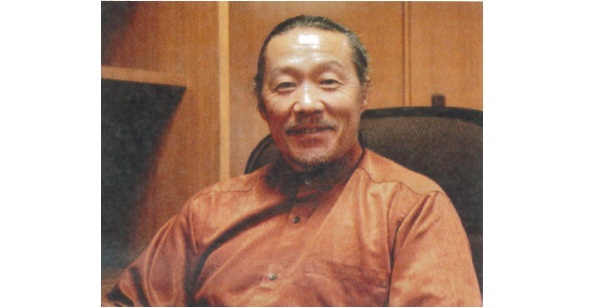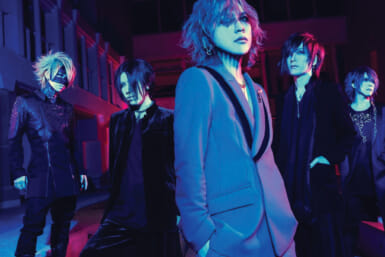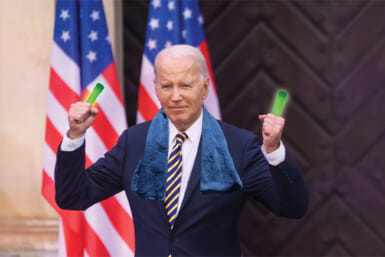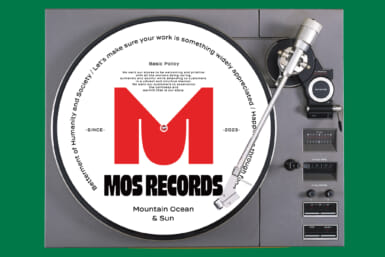by Owen Schaefer
Grammy Award-winning musician Kitaro has embarked on an ambitious project: a series of albums based on a pilgrimage through 88 Shikoku temples. On a recent visit to Tokyo, the U.S.-based Kitaro talked to Tokyo Weekender about what is becoming his “life’s work.”
New Age musician and composer Kitaro is following the O-henro pilgrimage — a 1,100-km. journey-that winds through 88 temples along the coast of the island of Shikoku. The white-robed faithful follow this course in honor of Kukai, the Japanese monk who traveled to China and back to establish the Shingon sect of Buddhism more than 1,000 years ago.
“I really respect (Kukai’s) job, because he created a lot of temples, and people follow his spirit even today,” Kitaro says. “If you go to Shikoku Island, you will be surprised so many people do the O-henro pilgrimage.”
Traditionally, the O-henro takes nearly two months to complete, but Kitaro’s journey will take much longer than that — perhaps as long as 10 years. Why? Because at each temple, he works diligently with his sound crew to record the sound of the temple bells. And after each 11 or 12 stops along the pilgrimage route, Kitaro boards an airplane to return the 9,000 kms. to his mountain studio in Colorado where he composes songs for every temple he has seen.
The result will be a series of eight or nine albums, each of which will bear the title The Sacred Journey of Kukai. The first of these was released in September of last year, and it has already received a Grammy nomination for Best New Age Album.
This ambitious project was born on the morning of Sept. 11, 2001, when Kitaro’s flight into Los Angeles was grounded in Hawaii and delayed for five days. Kitaro was determined to create something major that would deliver more than a token message of peace in the wake of that day’s events. He struck upon the idea of using the 88 temple bells.
“This is kind of becoming my life’s work…I’d love to finish the 88 temples, but it’s tough to do.”
But a project of this scope seems fitting considering Kitaro’s successes in the recording industry. After winning a Grammy for his album Thinking of You, picking up nine more Grammy nominations and capturing a Golden Globe Award for his work on the soundtrack for Oliver Stone’s film, “Heaven and Earth,” Kitaro feels the Kukai project is the next logical, or perhaps spiritual, step.
Even with two years of research behind him, Kitaro says he still has a lot to learn about Kukai and how he became such a powerful figure.
“I think he was a very strong person,” he says. “But I’ve never felt close to him. Focusing on Kukai, we don’t know the actual person but are learning from articles about him. So for me, he’s a very mystical person.”
For the time being, Kitaro has put recording on hold as he gears up for a busy summer. In August, he is bound for Kongobuji Temple, on Mt. Koya in Wakayama Prefecture. Kongobuji is Kukai’s most famous temple, and Kitaro will be doing live performances Aug. 20 and 21.
“This is the first time for me to do a concert there, so that is kind of exciting,” he says.
The Koya-san concert marks the commemoration of the area’s inclusion as a World Heritage Site and will include the unveiling of the “High-tech Mandala” — a three-dimensional mandala (a Buddhist symbol meaning “circle” or “community”) illuminated on three layers of glass. The piece is meant as an appeal for world peace beyond conventional religions.
Kitaro’s involvement in the Kongobuji event seems doubly appropriate. Not only was the temple the headquarters for the Shingon sect established by Kukai, but in time it also became a type of holy land and safe haven for all Japanese Buddhist practices, as well as accepting Shinto. This reflects, to some extent, Kitaro’s own multiple-belief system.
Kitaro was born into a farming community in Toyohashi, Aichi Prefecture, where he was raised with strong influences of Buddhism and Shinto. Spiritually, his ideas and beliefs always return to his connection with nature.
“The mandala is really Buddhist, and I like to focus a little wider, in naturalism, and focus more on nature,” he says.
“Buddhism came (to Japan) through Shinto basically, so it’s Japanese culture.. .Behind nature there is Buddhism and Shinto, and the focus is kind of the same.”
After the concert on Mt. Koya, Kitaro will embark on his first full Asian tour in six years, playing venues in Beijing, Shanghai, Bangkok, Kuala Lumpur, Singapore, Jakarta, Taipei and Tokyo.
“We’ll begin in September, and go for almost a whole month… I love Southeast Asia.”
But with the arrival of next winter, everything will return to the O-henro project. And, as with any pilgrimage, the journey itself is always the most arduous part.
“When we do the sampling for the bell sounds, it’s a tough situation, because we have to do the recording at night time, kind of in the early morning. And we also do it in the wintertime, because in winter the air is much cleaner, so the sound should be better than in the summertime. We keep going back to Shikoku Island all the time, and it’s been hard.”
But for Kitaro the payoff arrives with the sense of inspiration and accomplishment he achieves through his work. And the miles of traveling melt away as each unique stop presents a new challenge in recording and composing.
“There’s the atmosphere and also the environment around the temples,” he says. “That was my first image when I visited the temples. I could see all the water and the smoke and the incense. You know, it kind of affected me.”That was my first image when I visited the temples. I could see all the water and the smoke and the incense. You know, it kind of affected me.









